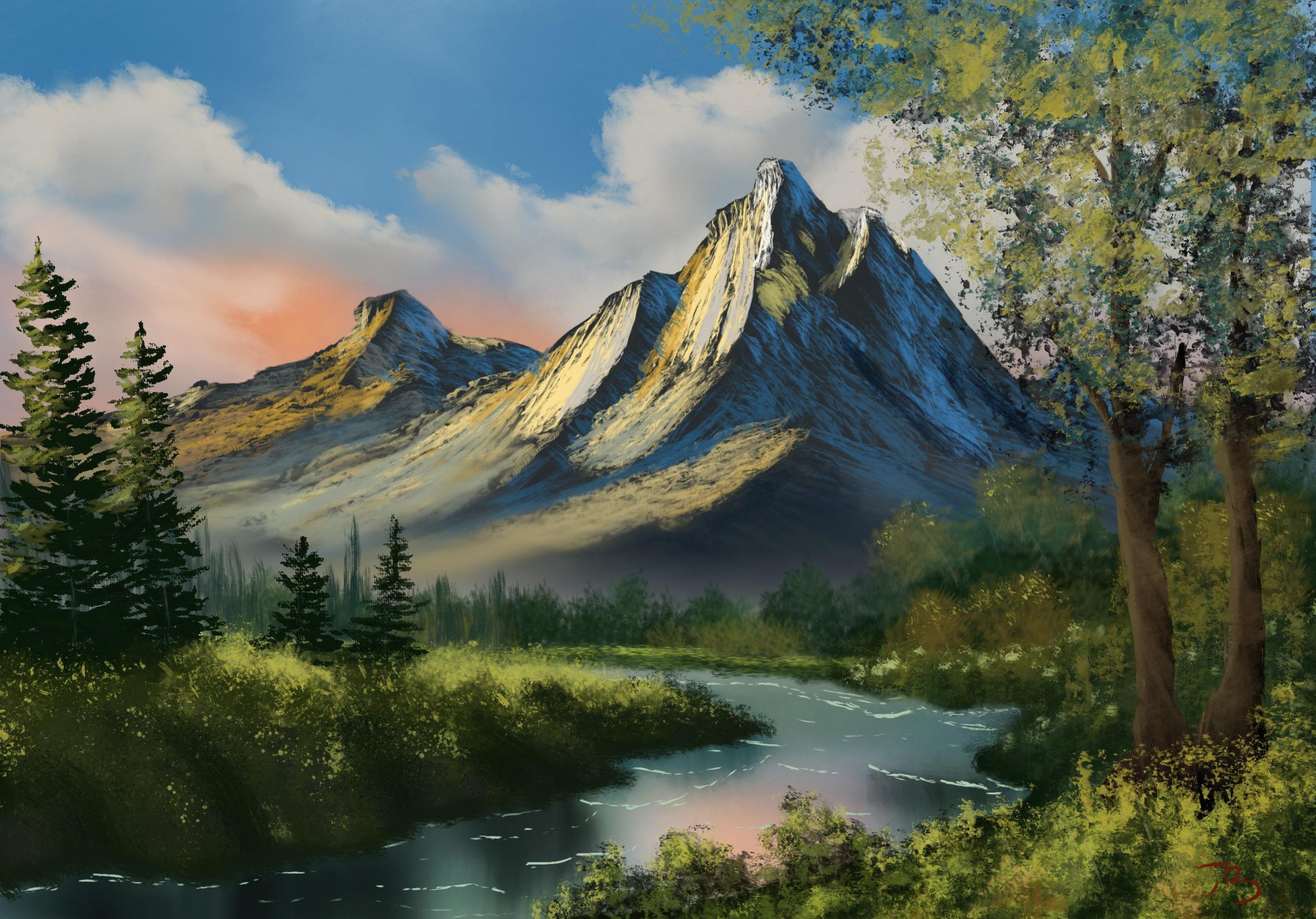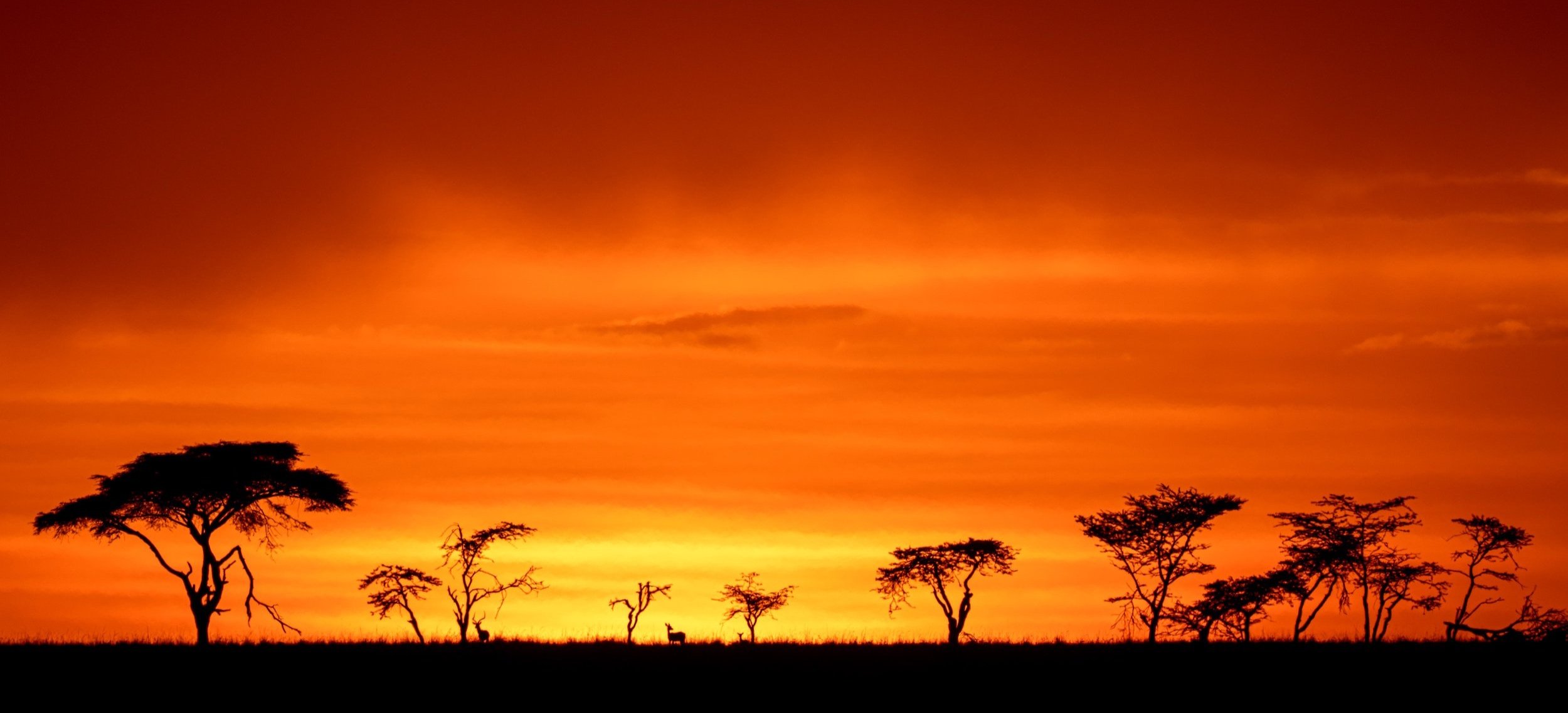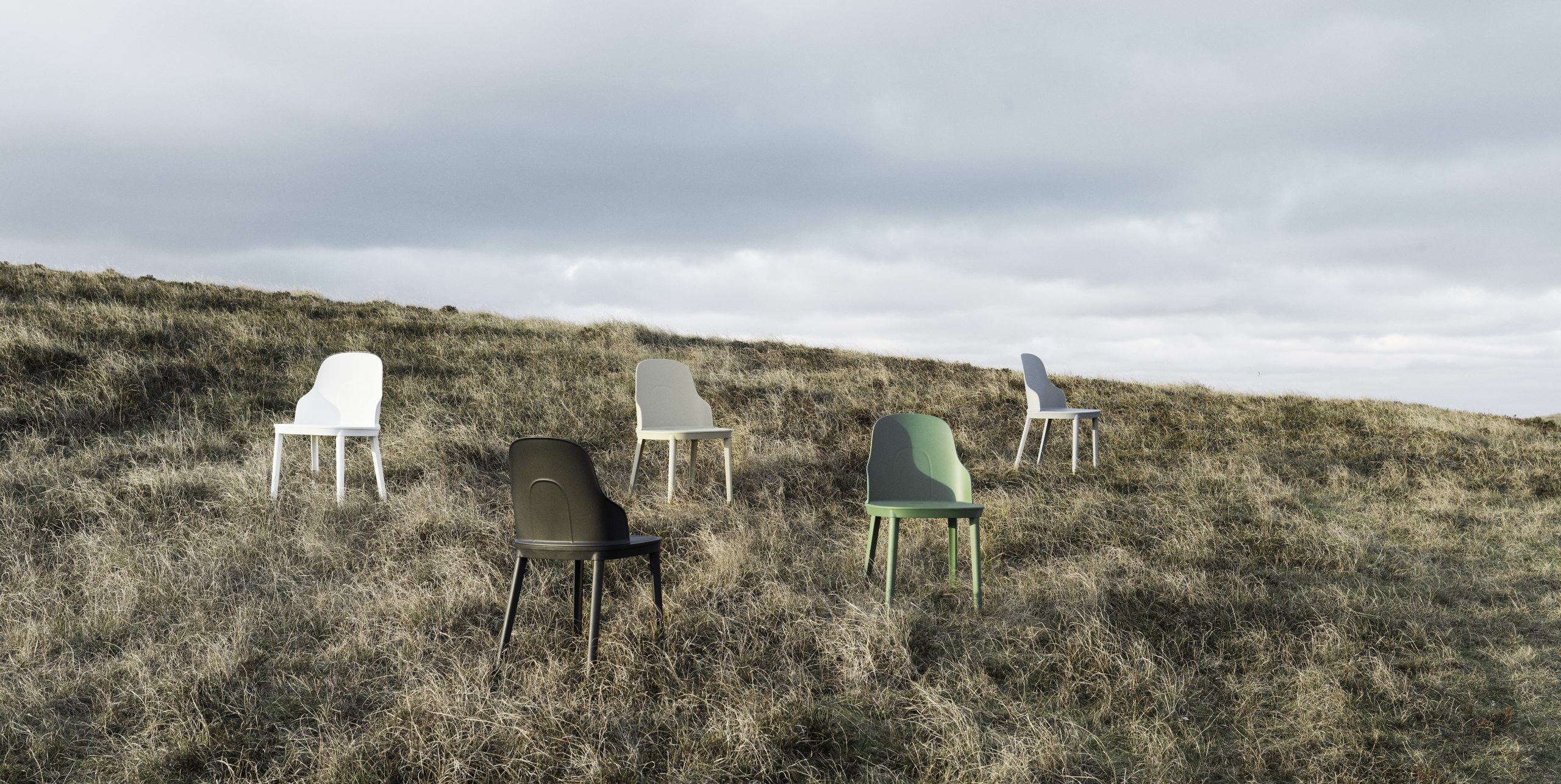Outdoor Art: The Practice of Painting and Drawing in Natural Environments

Exploring the Intersection of Nature and Creativity
In the realm of creativity, outdoor art breathes life into landscapes, merging artistic expression with the vibrancy of nature. Artists flock to parks, beaches, and mountains to transform their surroundings into living canvases, showcasing the beauty of the natural world. This unique practice allows a fusion of artistic talent with the raw beauty provided by nature’s palette.
Engaging in this practice entails:
- Finding Inspiration: Nature’s colors, textures, and forms offer endless possibilities for artists. The vibrant greens of spring, the stark whites of winter, and the dazzling hues of a sunset serve as infinite sources of inspiration. For instance, a painter might find motivation in the delicate interplay of light and shadow on a forest floor, while a photographer may capture the intricate details of a dew-laden spider web glistening in the morning sun.
- Utilizing Various Mediums: From acrylic paints to charcoal, the choice of materials can alter the experience. Artists often experiment with different mediums suited for outdoor conditions, such as watercolors that blend seamlessly with the environment or sculptures made from found natural materials like wood and stone. For instance, renowned artist Andy Goldsworthy crafts ephemeral sculptures from leaves, branches, and rocks, ingeniously incorporating them into their surroundings.
- Capturing Transience: The outdoor environment is ever-changing, encouraging artists to document fleeting moments. The sunrise over a serene lake, a gust of wind through swaying grass, or the sudden appearance of wildlife creates scenes that are both beautiful and transient. Artists often take advantage of this by creating works that encapsulate the fleeting essence of nature at a specific point in time.
This merging of art and nature not only cherishes the scenery but also invites a deeper connection with the surroundings. In the United States, popular destinations such as Acadia National Park or the Grand Canyon become outdoor studios, attracting artists and art enthusiasts alike. Events like the Grand Canyon Celebration of Art further enhance this experience, showcasing work that reflects the majestic landscapes and the intricate relationship of art with nature.
As more people embrace the allure of outdoor art, they discover its multifaceted impact. It fosters creativity, promotes environmental awareness, and builds community around a shared appreciation for nature’s artistry. Many local art groups organize outdoor painting events and community art projects, allowing individuals of all skill levels to participate, bond, and cultivate a collective respect for the environment. Such activities can transform the way communities view their natural surroundings, raising awareness about conservation and the importance of preserving green spaces.
In this age of technology, where screens dominate our daily lives, engaging with outdoor art offers a refreshing antidote. It encourages not only an appreciation for beauty but also a mindful presence in the world around us. So, whether you are an artist or an enthusiast, stepping outside to experience the synthesis of art and nature can be profoundly inspirational.

DIVE DEEPER: Click here to discover more
Art in the Great Outdoors: Techniques and Practices
The practice of outdoor art invites a myriad of techniques, each tailored to embrace the unique challenges and inspirations provided by natural environments. Artists venturing into open spaces often develop methods that enhance their connection with the landscape, turning the act of creation into a dynamic interaction that celebrates both art and the surrounding scenery. Here are some techniques widely adopted in outdoor art that channel this synergy:
- Plein Air Painting: This popular technique involves painting scenes in real-time outdoors. Originating from French Impressionists in the late 19th century, plein air painting captures the ethereal quality of natural light and the vibrant colors of the landscape. Artists are encouraged to work quickly, often completing a piece in one session to encapsulate the moment before changes in light or weather occur.
- Sketching and Drawing: Many artists favor the simplicity and portability of sketching materials like graphite, charcoal, and ink when outdoors. Quick sketches allow artists to capture ideas and details that can later be developed into larger works. This method emphasizes the importance of observation, as artists train themselves to notice subtleties that might be overlooked during a more leisurely indoor practice.
- Natural Materials and Found Objects: Incorporating elements of the environment into artwork creates a tactile connection to nature. Artists may use leaves, bark, stones, and even sand to create textured pieces or temporary installations. This practice not only brings forth a dramatic interpretation of natural beauty but also promotes a deepened respect for the ecosystem.
- Photography and Digital Art: The advancement of technology has transformed how we perceive outdoor art. Photographers can capture landscapes in stunning detail, often manipulating digital tools to enhance colors and compositions. Digital artists can also create work directly on tablets outside, allowing for a blend of traditional techniques and modern technology while being engaged with nature.
As artists immerse themselves in the sensory experience of outdoor settings, they often find that the sound of rustling leaves or the scent of fresh earth can significantly influence their creative output. For example, the soothing sounds of a babbling brook might inspire a tranquil watercolor painting, while the frenetic energy of a bustling cityscape could evoke a more abstract interpretation. Engaging with nature not only heightens an artist’s awareness but also fosters a deeper appreciation for the intricate patterns and colors present in the world around them.
Notably, renowned artists like Georgia O’Keeffe deeply incorporated the landscapes of New Mexico into her work, effectively using the outdoor environment to inform her artistic journey. For O’Keeffe, the vast deserts and unique rock formations were not just subjects but active participants that influenced her creative voice. With varied techniques and inspirations, outdoor art evolves continuously, reflecting the individual artist’s engagement with the environment.
The process of creating art outdoors fosters not just individual expression but also community interaction. By gathering in groups for outdoor art sessions, artists exchange ideas, techniques, and encouragement. Events such as art festivals in parks and beaches create vibrant atmospheres that celebrate shared creativity, helping to build bonds among both artists and the community.
Exploring Outdoor Art: Benefits and Techniques
Outdoor art, particularly painting and drawing in natural environments, offers a multitude of benefits that can enhance both the artistic experience and personal well-being. Artists often find that engaging with their surroundings leads to a deeper appreciation of nature, fostering creativity and inspiration. This practice can improve mental health by providing a tranquil escape from urban life, encouraging mindfulness, and reducing stress levels.Moreover, the ever-changing nature of the outdoor setting allows artists to experiment with light, shadow, and color in ways that are not possible in a studio. Capturing the dynamic elements of the environment can lead to unique artworks that reflect the artist’s personal interaction with nature. Techniques such as plein air painting encourage spontaneity and direct observation, essential elements for developing a distinct artistic voice.While many artists embrace this practice for the aesthetic fulfillments it offers, the physical activity involved is also a significant advantage. Walking or hiking to various outdoor locations for inspiration not only fosters physical health but also promotes a stronger connection to the landscape, turning the outdoor environment into an active canvas for exploration.As we dive deeper into the world of outdoor art, understanding its various advantages will surely pique the interest of aspiring artists and seasoned professionals alike.
| Category | Key Features |
|---|---|
| Connection with Nature | Engaging directly with landscapes fosters artistic interpretation and creativity. |
| Mental Wellness | Exposure to natural environments promotes relaxation and reduces stress levels. |
DISCOVER MORE: Click here to dive into delicious recipes
The Creative Journey: Inspiration and Challenges in Outdoor Art
While the practice of outdoor art can be deeply rewarding, it also presents its own set of challenges. Artists must navigate the unpredictable elements of nature, including fluctuating weather conditions, changing light, and even insect encounters. Such variables can turn the practice into a dynamic struggle, pushing artists to adapt and improvise in real-time. This interplay highlights a fundamental aspect of creating outdoor art: it is as much about the process as it is about the finished product.
One of the most compelling sources of inspiration for outdoor artists is the seasonal transformation within natural environments. For instance, the vibrant hues of autumn leaves can inspire a palette rich in reds, oranges, and yellows, while the starkness of winter landscapes encourages a focus on textures and contrasts. Artists often keep a seasonal sketchbook to record these transitions, allowing them to revisit and refine their ideas throughout the year. Such documentation not only enhances creative practice but also emphasizes the interconnectedness of nature and art.
Artist Andy Goldsworthy is a tangible example of how outdoor art can blend with natural processes. His ephemeral installations utilize materials like ice, leaves, and stones, which he places in such a manner that they often become transformations themselves due to the changing weather. Goldsworthy’s work invites viewers to engage with nature through a lens of impermanence, prompting them to consider the fleeting moments of beauty found in the natural world.
Collaboration and Community in Outdoor Art
Furthermore, outdoor art fosters a strong sense of community among artists and spectators. Collaborations often arise during outdoor workshops and events, where participants come together to share skills, critique each other’s work, and create joint projects. This collaborative spirit is evident in large-scale initiatives like public mural projects and community garden installations, which depend on collective input and labor. In cities across the United States, programs aimed at connecting artists to local communities, such as Art on the Streets in Denver, have transformed urban spaces into vibrant open-air galleries.
In addition to fostering community engagement, outdoor art often underscores important social and environmental messages. Many artists leverage their platforms to raise awareness about issues like climate change, biodiversity, and conservation, using their surroundings as a backdrop to advocate for sustainability. Installations like Christo and Jeanne-Claude’s “The Gates” in New York City, which involved fabric hung along pathways in Central Park, challenged perceptions about public spaces while inviting reflection on human impact on nature.
The rise of social media has also played a significant role in the dissemination and appreciation of outdoor art. With platforms such as Instagram, artists can share their artistic process and finished pieces with audiences worldwide, often receiving feedback and encouragement in real-time. This digital connection amplifies the reach of outdoor art, cultivating an online community of like-minded individuals who are passionate about creativity and nature.
The ever-evolving landscape of outdoor art continues to inspire both creators and audiences, blurring the lines between art, experience, and environment. As the practice forges deeper connections with nature, it invites both artists and spectators to reflect on their relationship with the world around them, prompting a more meaningful understanding of the role art can play in echoing the beauty and fragility of our environment.
DISCOVER MORE: Click here to learn how music can boost your creativity
Reflecting on Outdoor Art: The Intersection of Nature and Creativity
In conclusion, the practice of outdoor art not only enhances the aesthetic richness of natural environments but also fosters a vital connection between artists and the landscapes they inhabit. As artists respond to the ever-changing elements of nature, they embark on a unique journey that highlights the relationship between their creative expression and the world around them. Each stroke of the brush or line on the canvas serves as a testament to the conversations between art and nature, encapsulating moments that are often ephemeral and profoundly impactful.
The dynamic challenges presented by outdoor environments not only sharpen artistic skills but also cultivate resilience and adaptability, encouraging artists to embrace spontaneity. By capturing the seasonal transformations of their surroundings, these creators turn fleeting visual phenomena into lasting artistic legacies, inviting us to engage with the beauty that evolves before us.
Moreover, the collaborative spirit fostered by outdoor art initiatives plays a crucial role in building community and nurturing collective creativity. Through various programs, artists can unite their voices to convey essential social and environmental messages. In doing so, they raise awareness on pressing issues, amplifying the role of art as a catalyst for change.
As we navigate an increasingly digital world, the platforms available for sharing outdoor art amplify its reach, bringing diverse perspectives and experiences to global audiences. This interconnectedness introduces a new dialogue about the relationship between creativity and the environment, encouraging individuals to explore their own artistic journeys while remaining mindful of the need for sustainability.
Ultimately, outdoor art manifests as a powerful medium for reflection and connection, showcasing the profound beauty and fragility of our natural world. By engaging with such works, audiences are invited to appreciate not just the finished piece, but the intricate dance of creativity, collaboration, and context that brings outdoor art to life.


